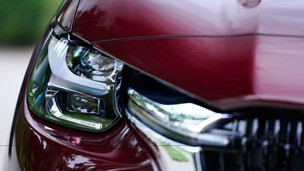Last week, Toyota announced a $50 million investment into driverless car technology in the hopes of putting itself at the forefront of the race to build autonomous vehicles.
Sharing the commitment with Stanford University and MIT, the Japanese carmaker will collaborate with researchers and experts over the next five years in joint research centres throughout the Silicon Valley.
Hiring robotics expert Gill Pratt to oversee the research, Toyota is hoping to develop new artificial intelligence systems and other related innovations to enable future cars to navigate roadways without the need for a human driver.
Toyota executive Kiyotaka Ise said: “We believe this research will transform the future of mobility, improving safety and reducing traffic congestion.”
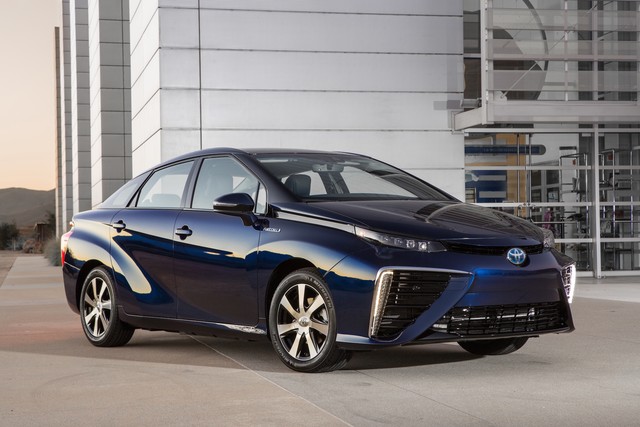
Yet in spite of the heavy investment, Toyota is taking a markedly different approach to the technology than the vast majority of its peers. Unlike companies that are aiming to make cars which entirely drive themselves, the marque is instead focusing on developing technology which turns cars into intelligent assistants.
“Google’s goal is driverless. That to us is like a train without an operator,” said Ise. “We always have drivers.”
Just some of what Toyota wants to see is a car which can recognise when to take over the steering when a driver is distracted, or that can automatically play a motorist’s favourite song when it detects they’re in a bad mood.
Beyond that is the aim to provide mobility and transport to people who might otherwise never be able to get out and about by themselves, namely the elderly or people with disabilities.
Dr Pratt, who ran the Robotics Challenge at DARPA before coming to work for Toyota, said: “We want to give consumers freedom and mobility no matter what their age. When we talk about autonomy, we talk about it in terms of machines. Our focus is on humans.”
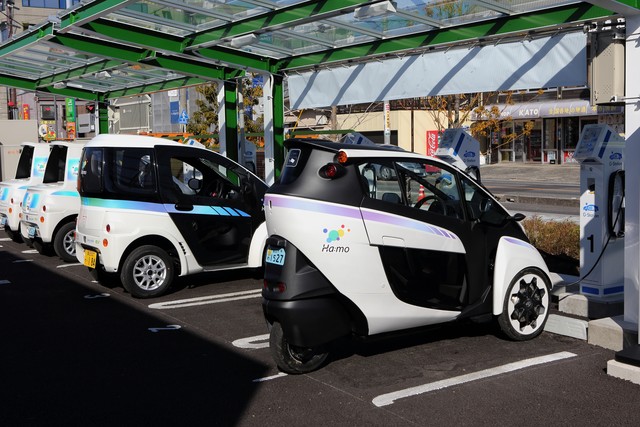
The carmaker’s presentation upon announcing its investment focused particularly heavily on elderly people. In the US, Western Europe, Japan and China, care for the elderly is looming as one of the largest society problems of the next two decades.
A reduction in birth rates means that pressure will be put elderly populations and many families just won’t be able to afford caregivers or living facilities to such a large number of older and dependent citizens.
Toyota’s solution is to pioneer technology that can increase mobility for older, frailer people, who could be given the freedom to transport themselves, plus assistance via a range of new artificial intelligence solutions.
Its partnership with MIT’s robotics department means that it could create cars specifically for elderly or disabled people, which would be able to communicate with their owners, other cars and other people, and could even help them load and unload groceries.
Already, Toyota has had its fair share of experience with robotics, having recently created a special robot assistant called the Human Support Robot designed to care for hospital patients.
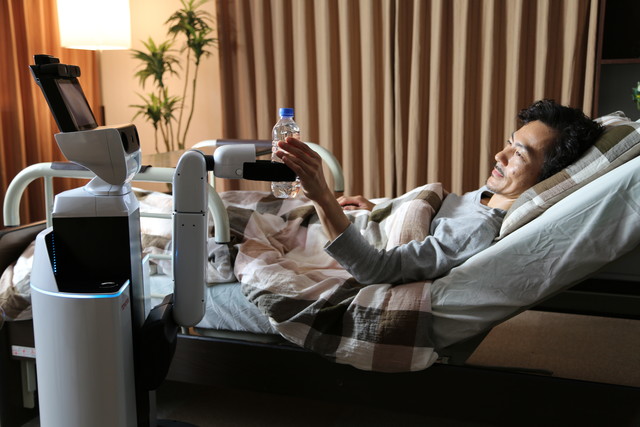
The company’s attitude of assistance rather than surrogacy extends to its approach to improving safety as well. More than a million people die every year from car accidents according to Toyota, and the introduction of technologies like park assist and autonomous braking will be a main focus for the company.
Many carmakers have already started rolling out semi-autonomous technologies to their cars, with the effects already being felt. Earlier this year, a study from independent crash safety testers EuroNCAP found that forward emergency braking technology can reduce real-world crashes by as much as 38 per cent.
As well as saving lives, emergency braking systems can also potentially reduce insurance premiums according to the research, with many insurance companies already starting to fret over the potential effects autonomous technology could have on their industry.
Spurred on by this success, Toyota is already fast-tracking one of its research projects at Stanford, which involves a system that can detect driver drowsiness and subtly correct driving input without startling the driver.
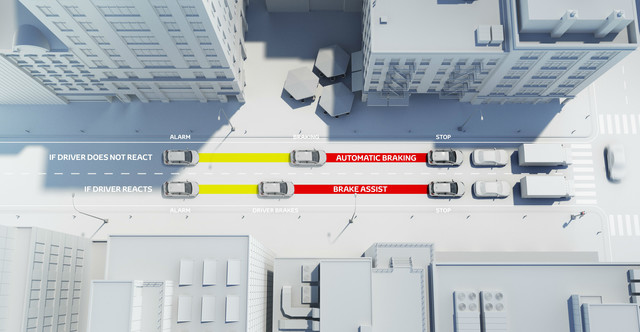
Conversely, while semi-autonomous cars are already being implemented, fully driverless cars could be quite a way off yet, according to Toyota’s team.
Daniela Rus, director of the Computer Science and Artificial Intelligence Laboratory at MIT, explained that while autonomous vehicles do well at moderate speeds in simple environments, real world situations can cause major problems for them.
One of the biggest challenges is anticipating the behaviour of human drivers around them. While the AI systems used in autonomous cars work on the principle of logic, human drivers tend to be much more erratic in their behaviour.
For example, in an oncoming accident, people will lunge unexpectedly for the wheel, while drivers in oncoming cars will change their behaviour in anticipation of what other motorists are doing around them.
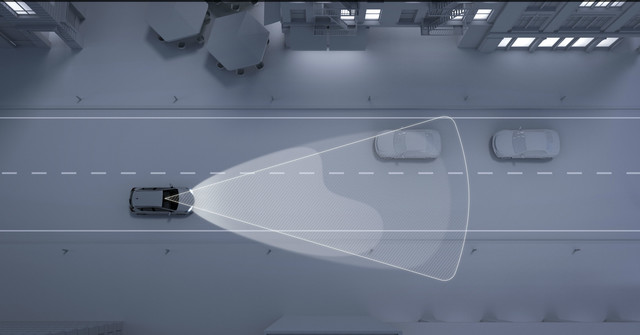
In order for autonomous cars to be effective, they’ll have to account for the quirks and subtleties of human behaviour. Interestingly, Google is already experiencing the effects of this. A series of recent smashes involving the search engine giant’s driverless cars were marked down to the fact that they couldn’t understand what the other drivers on the street were doing.
Despite the crossover points between the technology side of things and the automotive world, it’s unlikely that Toyota will adopt the same approach as a company like Google. Likewise, Facebook’s old mantra of “Move Fast and Break Things” will never be adopted by a car manufacturer: the challenges and obvious risks are just too great.
This is perhaps the best part of Toyota’s approach to driverless technology, though. Rather than looking at it from the point of view of a software company like Google or Apple, it’s looking at it as a carmaker.
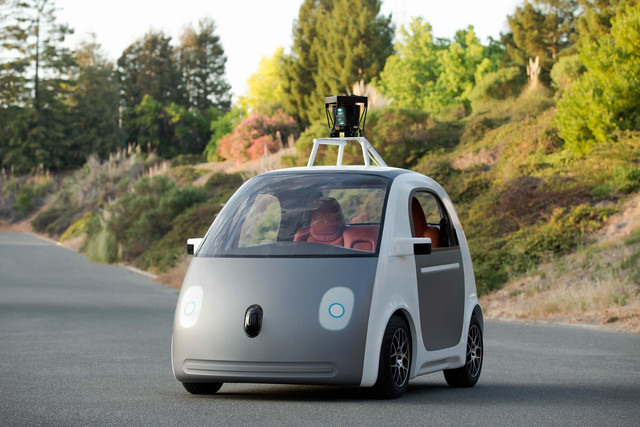
Michael Kanellos of Forbes points out that, to a software company, driving is simply a utilitarian exercise: people drive just because they have somewhere they need to be. Toyota, on the other hand, understands that motoring can mean a lot more to people than simple transport.
To Google, driving is just another human necessity that can be streamlined or stamped out altogether with technology. To a car company, however, it’s a way of life.

